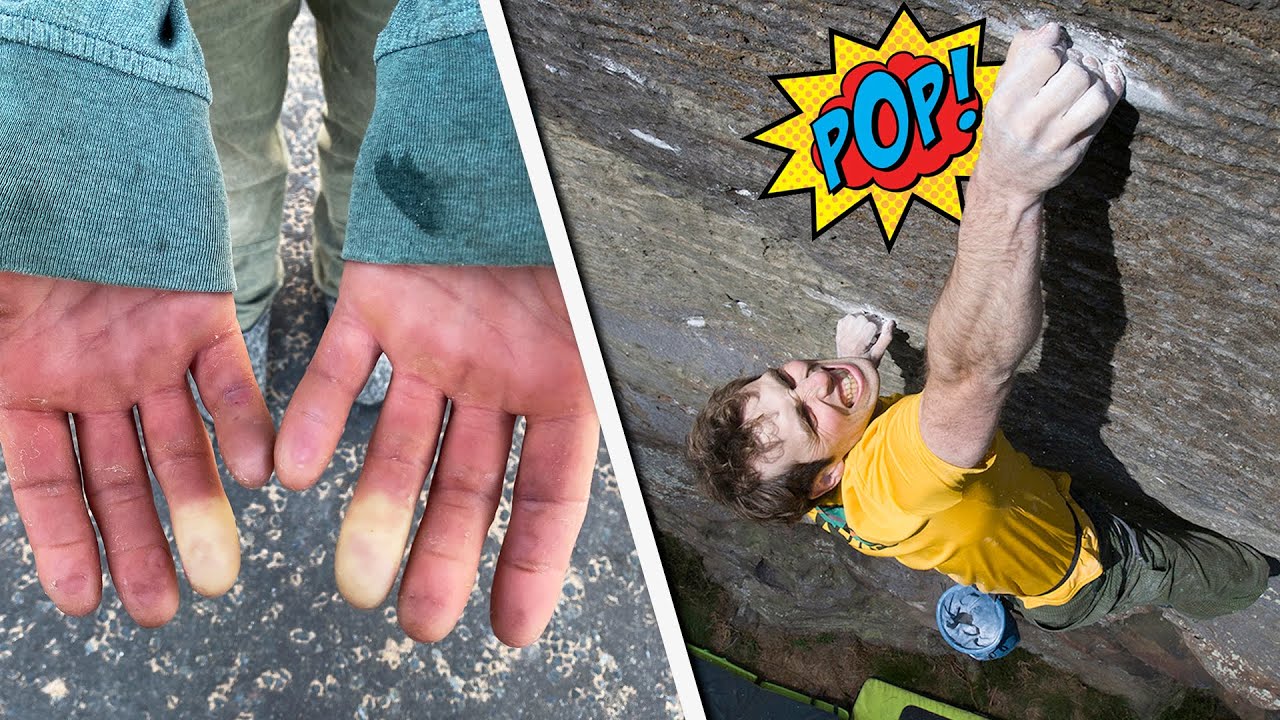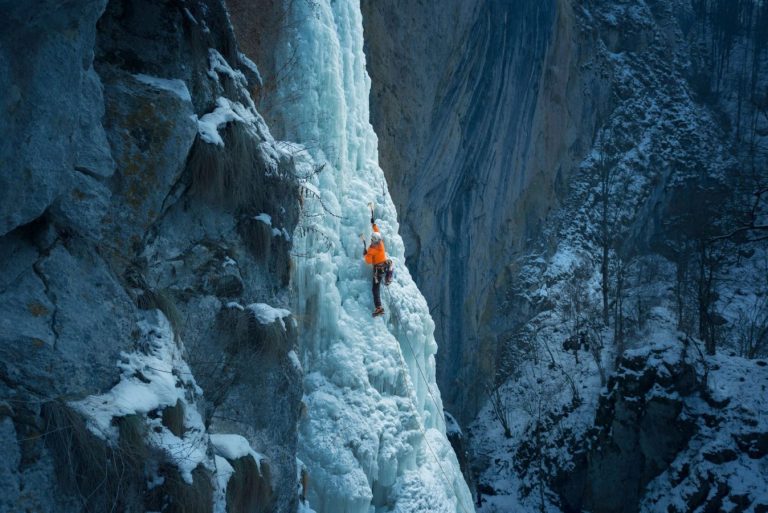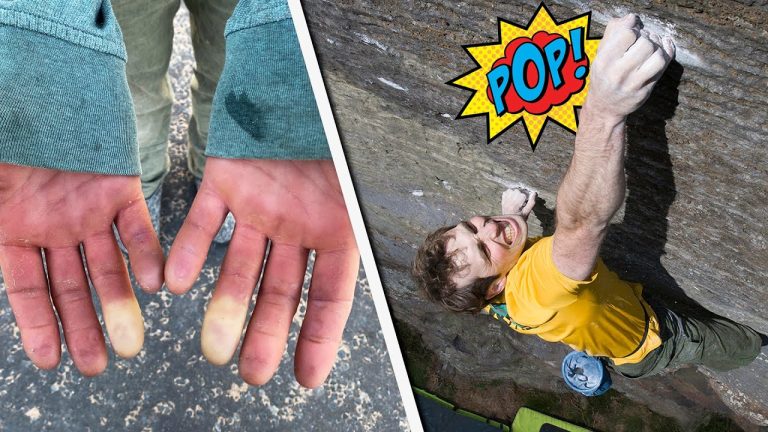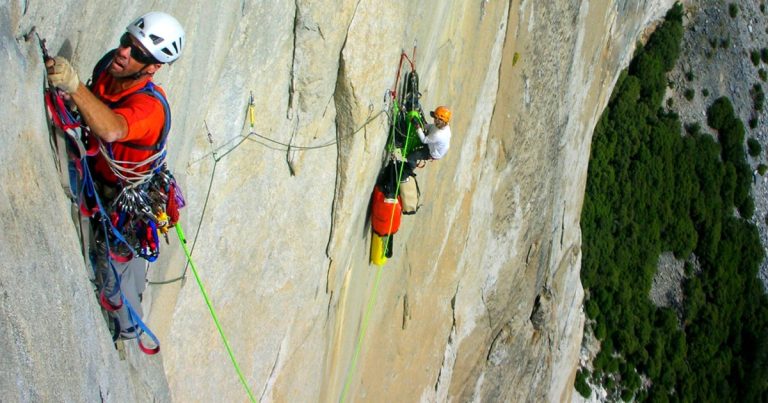Recovering from Bouldering Injuries
Introduction to Bouldering Injuries
Bouldering is a popular form of rock climbing that involves climbing relatively short, challenging routes without the use of ropes or harnesses. While the sport offers immense physical and mental benefits, the intense nature of bouldering can sometimes lead to injuries. In this article, we’ll explore common bouldering injuries, prevention tips, treatment, and rehabilitation to help you get back on the wall in no time.
Common Bouldering Injuries
Pulley Injuries
Pulley injuries occur when the small, fibrous bands in your fingers that help hold the tendons in place become strained or torn. These injuries are often the result of excessive strain on the fingers during dynamic moves or crimping holds.
Tendon Injuries
Tendon injuries in bouldering are relatively common, affecting the tendons in the fingers, wrists, and elbows. Overuse or a sudden increase in climbing intensity can lead to tendonitis or even tendon ruptures.
Joint Injuries
Bouldering involves a lot of dynamic movements, which can lead to joint injuries, such as sprains, dislocations, or fractures. The most commonly affected joints are the fingers, wrists, and ankles.
Skin Injuries
Skin injuries are perhaps the most minor but still frustrating. Repeated friction against the rough surfaces of climbing holds can lead to cuts, abrasions, and flappers (skin tears).
The Importance of Rest and Recovery
Allowing your body time to rest and recover is crucial for injury prevention and rehabilitation. Ensure you’re taking rest days, listening to your body, and not pushing yourself too hard during climbing sessions.
Preventing Bouldering Injuries
Proper Warm-Up
Warming up before climbing can help prevent injuries by increasing blood flow to your muscles and tendons, improving flexibility, and preparing your body for the intense physical activity to come.
Technique and Body Awareness
Focusing on proper climbing technique and developing body awareness can help reduce the risk of injury. Practice using your legs for power, avoiding over-gripping, and staying in control of your movements.
Strength and Conditioning
Incorporating strength and conditioning exercises into your routine can help prevent injuries by improving muscle balance and overall physical fitness.
Taping and Bracing
Taping fingers or using braces for wrists and ankles can provide additional support and prevent injuries during climbing sessions.
Treatment and Rehabilitation
RICE Method
The RICE method (Rest, Ice, Compression, Elevation) is a proven first-aid approach for many sports injuries, including those sustained while bouldering. Following the RICE method immediately after the injury can help minimize swelling, alleviate pain, and kickstart the healing process.
Physical Therapy
Consulting with a physical therapist can be beneficial for recovering from bouldering injuries. They can create a personalized rehabilitation plan that includes targeted exercises and stretches to help you regain strength, flexibility, and mobility.
Massage and Stretching
Massage and stretching can be helpful for promoting blood flow to injured areas, breaking up scar tissue, and maintaining flexibility during the recovery process.
Return to Climbing
It’s crucial to ease back into climbing gradually after an injury. Start with low-intensity sessions and progress slowly, paying close attention to any signs of pain or discomfort. If pain persists, consult a medical professional before continuing.
Conclusion
Recovering from bouldering injuries requires patience, persistence, and the right approach. By focusing on prevention, proper treatment, and a gradual return to the sport, you can overcome setbacks and continue enjoying the physical and mental benefits of bouldering. Remember to listen to your body, prioritize your health, and always seek professional advice when needed.
FAQs
1. How long does it take to recover from a bouldering injury?
Recovery time depends on the severity of the injury, the individual’s overall health, and adherence to a proper rehabilitation plan. Minor injuries may only take a few days or weeks, while more severe injuries can take months or longer.
2. Can I continue climbing with an injury?
Continuing to climb with an injury can worsen the issue and prolong recovery time. It’s essential to rest and allow your body to heal before returning to the sport.
3. When should I see a doctor for a bouldering injury?
If your injury is severe, causing significant pain or loss of function, or not improving with at-home care, it’s crucial to consult a medical professional.
4. Are there any exercises I can do to prevent bouldering injuries?
Incorporating a well-rounded strength and conditioning routine, including exercises targeting core, upper body, and lower body muscles, can help reduce the risk of injury. Additionally, regular stretching and mobility work can improve flexibility and joint stability.
5. How do I know when I’m ready to return to climbing after an injury?
Consult your physical therapist or healthcare provider for guidance on when it’s safe to return to climbing. Generally, you should be pain-free, have regained strength and mobility, and feel confident in your ability to climb without re-injury.




